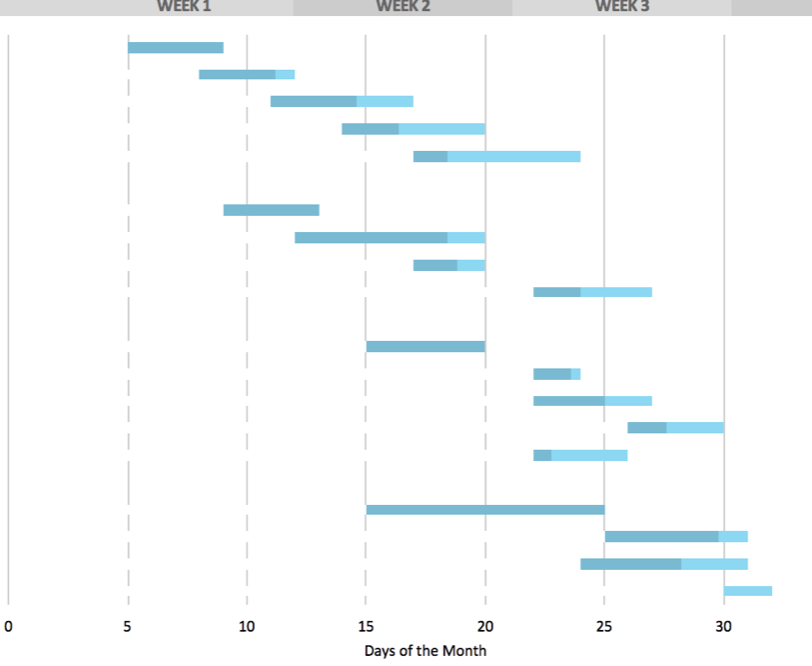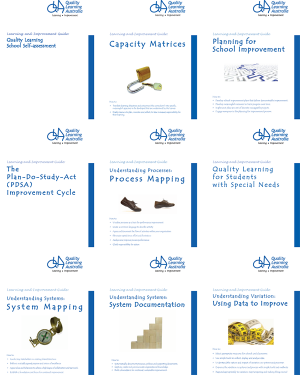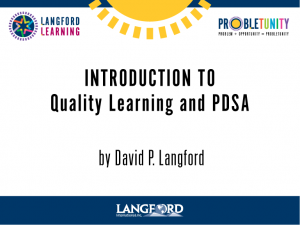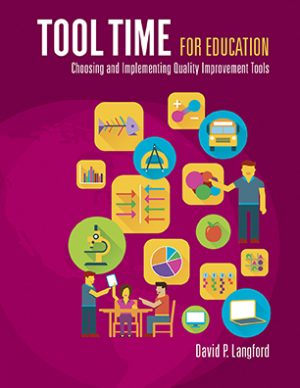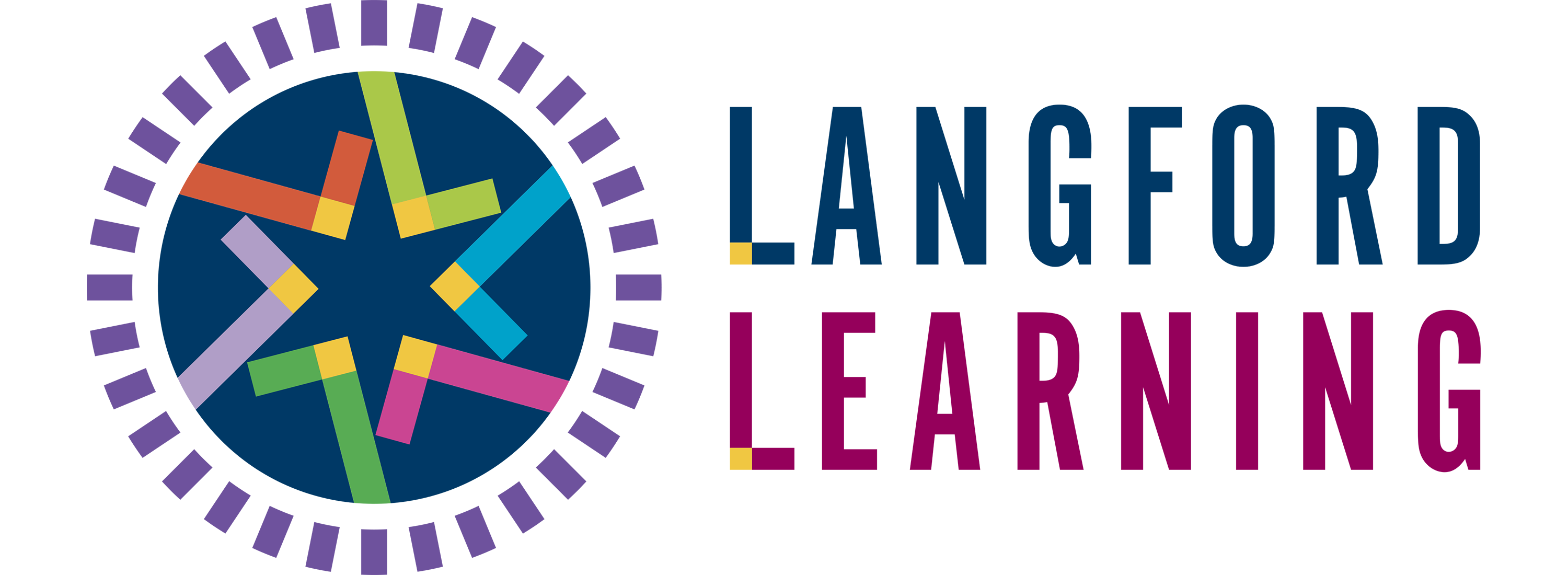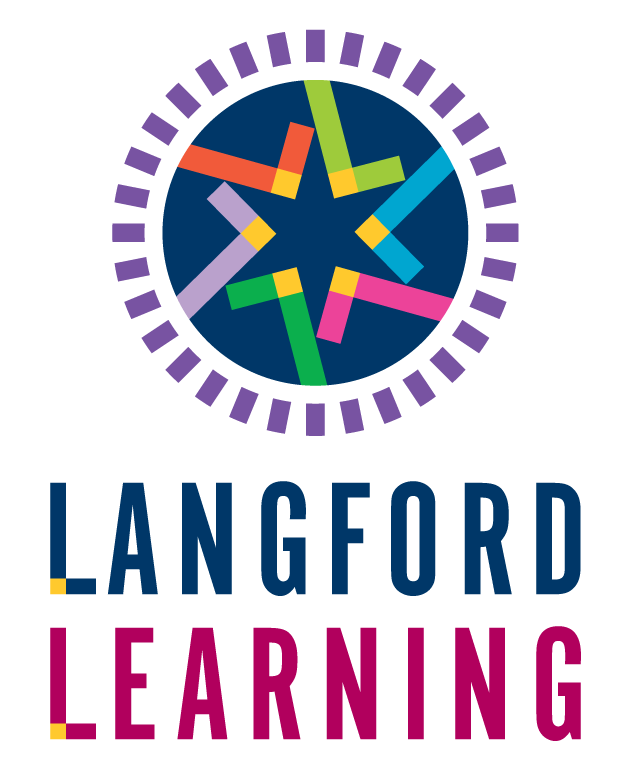“David,
I really enjoyed your presentation yesterday afternoon. I teach lower level Spanish — Spanish 1 and 2. I am excited to try some of your ideas in my classes. However, I’m having a hard time envisioning using some of the ideas in my classes because there is so much that goes into learning a language that is different than other classes. Do you have any specific ideas for me? I really liked what you had on the board yesterday as far as planning out the semester and having them work at their own pace. How could I incorporate this into my language classes when so much of the information in the class is brand new to them (verb conjugations and pronunciation, etc)? I would really appreciate any feedback and ideas that you have. Thank you!”
Jenni Urbandale High School Urbandale, Iowa
Dear Jenni,
Thank you for your question. I always start thinking about managing a learning process with the highest level of meaning and relevance in mind. I have studied several languages in my lifetime: German, Spanish, and Chinese. I can’t speak any of them well today. Most of my problems and problems facing many people are meaning, relevance, and context. Either I was learning for test scores and grades, or I was practicing on my own memorizing verb conjugations, pronunciation, etc. out of context. Both methods lead to minimal long-term retention.
Programs like Rosetta Stone already do a better job of teaching people a language than most classroom instruction. Therefore, there must be a deeper reason for coming to school, versus sitting in front of a computer. I believe there is a significant advantage to the classroom environment if we understand how to tap into it. I like to think of acquiring language in a classroom as a series of very in-depth, integrated Learning Experiences (LE) that are sequential yet reinforcing. I like Gantt Charts for planning the series because they are a very strong visual for both teacher and student. Everyone can see the whole process.
An example of the first LE would be “Greetings”. You want to think about what they need to know for the greeting block and how they will learn it: the process. I would first create a Capacity Matrix of useful phrases, verbs, and vocabulary necessary to complete the Greetings learning experience. Students would then do a self-assessment of prior knowledge.
Next is the process. What will students do to acquire this knowledge? A flowchart process of what students are to do in class each day to learn required knowledge should include movement, speaking, music, interaction, and self-reflection. For example, students may be required to come into class, greet each student, and check off the names until they have mastered the greeting phrases, vocal, and verbs. If they do not understand something, they should access a Resource Matrix, which may have available resources cross-referenced to the learning. Examples of these would be the teacher on video pronouncing and explaining, the text resource, websites, etc. If they want an explanation from the teacher, they could request a workshop.
The teacher could then post a schedule of emerging workshops in case others need to attend also. Your target length would be workshops of no more than ten minutes each. When students feel they have mastered the greeting LE unit, they come to the teacher for both the written and oral testing. If the results are within acceptable limits of variation, students could be given the next matrix and process for the next LE. Or they could spend time coaching others and having some fun. If students did not reach mastery, they would receive feedback on what to work on and practice. Willing students who have mastered a particular LE could also test students, freeing the teacher from being a bottleneck. Concepts that still need practice may be brought forward to the next matrix for integration. Each successive LE should require at least some of the previously learned knowledge.
The next LE could be, for example, Understanding My Family, which would require some practice at home as well. Students should be able to see the schedule of LE’s for the entire semester. They should be directed to maintain a portfolio proving mastery of each LE. If students are beginning to fall behind schedule, they will need more intensive help from everyone in the class. If students are ahead of schedule, they may spend time helping others or move on to the next matrix. For students to stay well-motivated, they must move at their own pace and be challenged.
The key is that each LE should be amazingly fun, interactive, student-managed, and content-driven. You will likely be exhausted at the end of each day. Spending so much time coaching students’ learning, instead of lecturing and grading, you will inevitably have greater joy in your work. You are immersing students in learning a language, which we all know is the best and fastest way to learn.
Some other language LE’s that come to mind would be:
- Changing Money
- Going To The Store
- Proper Introductions
- Going To School
- Getting Dressed
- Going to Work
That is the short description — of course, you can expand and elaborate on each LE from there. Students should begin speaking and practicing a language immediately when they arrive at the door to the classroom. You may want to remove most of the desks because students will rarely be in them, and desks will be in the way of moving and learning. Your classroom will be loud, fun, and interactive with a very high level of learning. When we get the system and waste out of students’ pathway, students can conceivably complete two years of Spanish curriculum in a fraction of that time.
